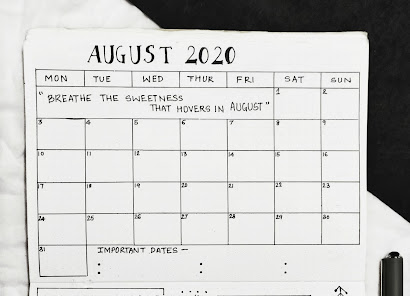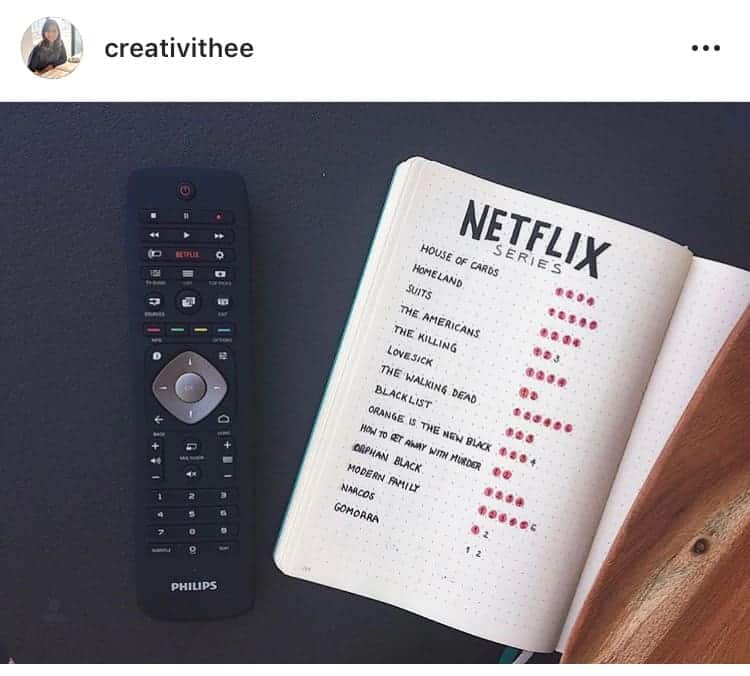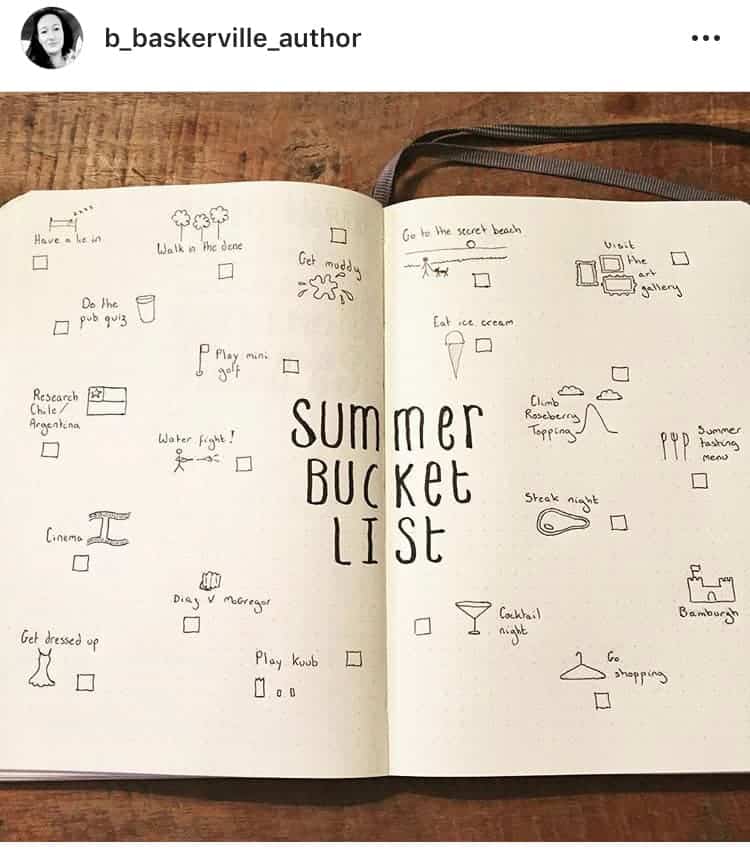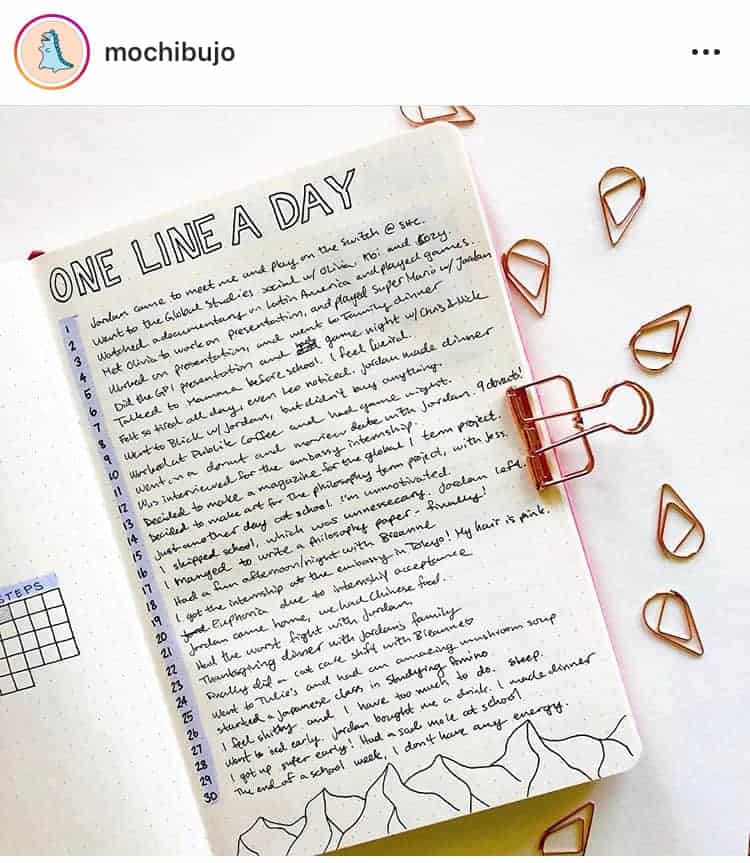Today I’m going to show you how to bullet journal like a minimalist. Minimalism has been very popular lately and of course, it is reflected in the Bullet Journal community as well.
So if you want to know:
- What is minimalism,
- what makes your bullet journal minimalist
- what minimalism in bullet journaling means (hint: it isn’t always about creating black and white artsy stuff)
- how to start a simple journal
- how to set up your bujo for a more intentional life
- Layouts usually take less time to create
- what bullet journal products to use
What is minimalism though? It usually means having less, but the way people interpret it in their Bullet Journals are very different and vary from person to person.
I would say generally these are characteristics of minimalist spreads:
- Usually in black and white or with a very little color.
- simple and clean design
- It is very little decoration.
- There is a lot of white space
First of all, minimalism is a great start for beginners. If you want to give the Bullet Journal method a try and ease into it, starting with minimalist spreads is a very great idea. I myself started with minimalist spreads bujo spreads in the beginning.
This style won’t overwhelm you, you’ll learn to use the system and find your own techniques and methods without investing time into decoration.
A minimalist Bullet Journal style is also great if you’re not very artistic, or are not very sure in your skills.
If you’re still learning and working on your skills, but don’t want to stress over your BuJo pages not being as perfect as you imagine them to be – definitely give minimalism a try.
You can use it as a basis and as you go and improve your creativity you can start bit by bit adding more decorative elements and customizing your journal style.
Finally, I think the minimalist Bullet Journal style will be perfect for any busy person. Setting up a minimalist Bullet Journal page usually takes 5-15 minutes, it’s a very reasonable amount of time that we can all find during the day.
What Makes Your Bullet Journal Minimalist?
Style -
First of all, the minimalist bullet journal comes with simple and clean structured spreads.
In most cases, it can be considered as a bullet journal style with a neutral color palette, simple geometric lines, forms, shapes, and a lot of empty space.
For instance, you can:
- use a lot of white space or black and grey colors
- grab a notebook and pen and make awesome black and white art.
Journaling for a More Intentional Life
You keep your journal minimal because your bullet journal intentions are to:
- have a place where you can put all your thought, experiences
- become a better person
- improve your focus
- make your life organized with schedules and lists
- plan and follow your tasks
- keep you accountable with your goals
- journal for self-growth, self- improvement.
- unleash your creativity
Supplies
Another benefit of having a minimalist Bullet Journal is the fact that you don’t really need to use that many supplies, so if your budget is tight maybe this style is for you.
All you need is a -
1. notebook (it can be a ruled or plain or dot grid use what you have),
2. a pen (blue or black doesn’t matter),
3. a ruler (if you want straight and clean lines or you can draw it freehand it doesn’t matter).
What to Include in Your Minimalist Bullet Journal
In order to keep your pages simple and intentional, you have to ask yourself what are the most important things you want to focus on right now.
You need to create and – I think the most crucial part of this system – customize your bujo that is well-customized to your personality and lifestyle.
With this in mind, the next step you follow is to determine the most important pages you want to have in your bujo notebook.
Obviously, you can find many amazing minimalist bullet journal ideas on Pinterest. But if they don’t fit your personality and lifestyle, what’s the point of spending time to create them.
Similarly to decluttering your home, getting rid of unused bujo spreads makes your bujo life a lot easier.
Next, you create a minimalist bullet journal by drawing simple elements. You don’t focus to make a masterpiece. You keep your bujo spread clear, functional, and practical, most of the time using only a black pen.
My Minimalist Bullet Journal Setup
Definitely, I consider myself a minimalist.
For me, minimalism is living with less, but functional things – not only less stuff in my home, life, but also less stuff in my head.
For the most part, my approach to bujo is practical.
To demonstrate it, I’ll show you how I set my simple bullet journal.
- As a rule, setting up a brand new bullet journal notebook I start from basic elements like:
- bullet journal key and index (important for organizing the notebook itself)
- future log (a great place to write down all important events, birthdays, appointments, submissions, etc)
- quote page (as an inspiration)
- blogging pages with stats, new ideas, strategies
- books & podcast tracker (for self-improvement)
- Cover page (it helps to divide a bujo into months)
- Monthly spread (for goals and current events)
- Weekly spread (to plan next week ahead)
- Habit tracker (to develop better habits)
- Brain dump (because of writing keeps my mind clear)
- Collections
Without a doubt, bullet journaling is all about flexibility and freedom.
Undoubtedly, one of the biggest assets of bullet journaling is that there’s no set pattern you have to follow in contrary to other pre-printed journals.
However, sometimes it’s hard to figure out what will work best for you.
Although you can add anything you want in your bujo, it may lead you to get stressed and overwhelmed.
For that reason, keeping your journal intentions crystal clear will help you to have a laser focus on what’s important for you here and now.
Absolutely, it doesn’t matter how your notebook looks. As long as you see positive changes in your life, everything is just fine.
Will you give a try to minimalist Bullet Journal? Or maybe it’s already your style? Be sure to let us know in the comments!
And always remember! Keep Bullet Journaling



























